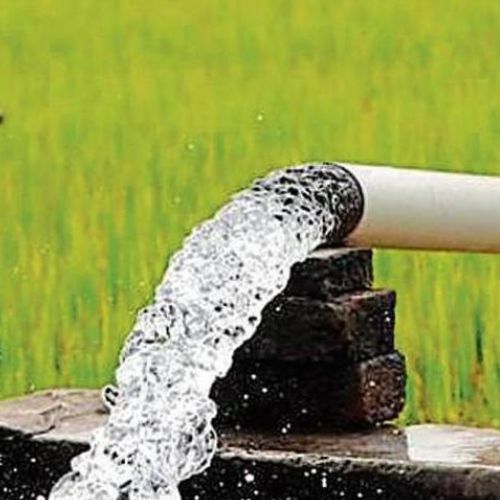Islamabad [Pakistan], September 9 (ANI): Pakistan is in the middle of a major water crisis and it may be disastrous for the country’s stability.
The water crisis has set off a series of protests and may hurt Pakistan’s ailing economy as well as going to increase feuds among provinces and turn into a flashpoint for a major internal disturbance, reported International Forum for Right and Security (IFFRAS).
Farmers in Sindh and Balochistan provinces have started blocking major highways to demand the release of their share of water from the Indus River.
The richest and politically-dominated Punjab province is often accused of allocating the highest and unfair amount of river water to it while leaving other provinces dry, reported IFFRAS.
Pakistan has seen disputes among provinces from time to time over the distribution of Indus River water. Researchers point at the lack of trust among the provinces as a major reason.
“Lack of trust among the provinces of Pakistan, especially between Sindh and Punjab and between Sindh and Baluchistan, is the main cause of water disputes. Sindh always objects, as a lower riparian, about the withdrawal of the water from the upper canals by Punjab and objects that Punjab is using its water share. The groundwater salinity and the degradation of land in Sindh is more serious than in Punjab,” reads a report by Pakistani researchers.
Not just Sindh and Punjab, this time conflict can be seen between the Sindh and Balochistan. Balochistan has warned Sindh of cutting off the water supply to Karachi from Hub Dam if the latter didn’t stop plundering the province’s share of water.
The water shortage is going to increase feuds among these provinces and turn into a flashpoint for a major internal disturbance.
It may be disastrous for Pakistan’s stability in the wake of extremist elements getting stronger following the takeover of Afghanistan by the Taliban, added IFFRAS.
According to the International Monetary Fund (IMF), Pakistan’s per capita annual water availability has slumped to 1,017 cubic metres from 1,500 cubic metres in 2009.
Pakistan is very close to the scarcity threshold of 1,000 cubic metres, and going by the current development, the country is set to reach danger levels soon.
The Pakistan Council of Research in Water Resources (PCRWR) has corroborated these concerns. It has warned that Pakistan will approach absolute water scarcity by 2025.
Interestingly, per capita annual availability in 1951 was 5,000 cubic metres. The reasons the PCRWR has sought for the water crisis are an increase in population, inadequate water storage, low system efficiency and poor management, and groundwater depletion.
Pakistan is among 36 water-stressed countries in the world since its gross water withdrawal is 74.4 per cent of the total renewable water resources, as per the Food and Agriculture Organisation (FAO).
While rising population, rapid urbanization and climate change effects are some of the reasons for the widening gap between water availability and water requirement, the FAO has found the China- Pakistan Economic Corridor (CPEC) another major reason that contributes to the water crisis, reported IFFRAS.
Now, Pakistan is on the verge of facing absolute water scarcity by 2040, as per the IMF.
There are chances that the ongoing distress over the water problem may turn into a violent protest as it did two decades ago.
The situation seems to be completely out of the federal government’s control. Imran Khan-led government is now being blamed for creating an “artificial water crisis” to hurt Sindh’s agricultural economy, said IFFRAS.
Pakistan’s food production is going to take a hit as well as distrust for the government and people from other provinces will grow. This can be disastrous for the politically and economically unstable country of Pakistan. (ANI)













